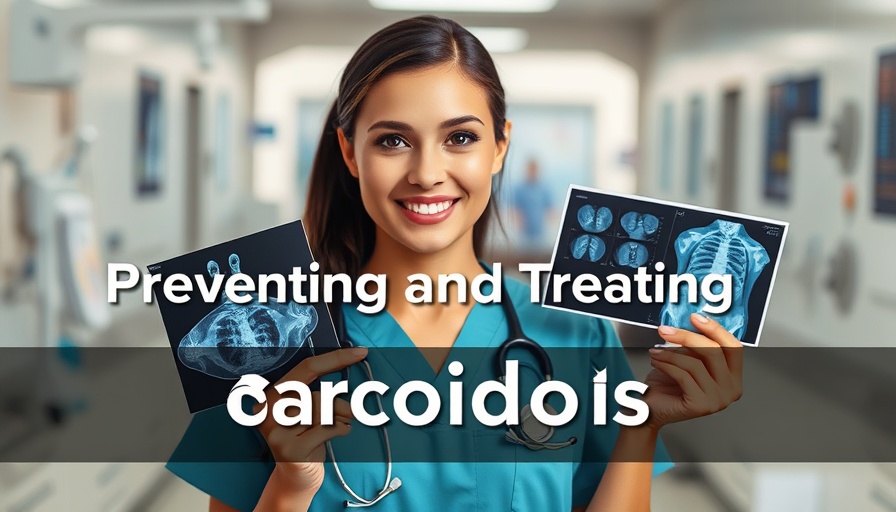
The Rise of Hepatitis E: Understanding the Threat from Pork
The hepatitis E virus (HEV) has emerged as a significant global public health concern, particularly linked to the consumption of pork. While many are familiar with hepatitis A through its association with unsanitary food practices and hepatitis B and C with blood transmission, hepatitis E has quietly become the most prevalent cause of viral hepatitis worldwide since its discovery in the 1980s. Most alarmingly, pigs are the primary carriers of HEV, leading to an estimated 20 million human cases annually due to contaminated pork products.
In 'Hepatitis E Virus in Pork,' the discussion dives into the alarming connection between this disease and pork consumption, exploring key insights that sparked deeper analysis on our end.
The Zoonotic Pathway of Transmission
Discovered on over 90% of U.S. pig farms by the 1990s, HEV transfers from animals to humans primarily through the fecal-oral route. Industrial farming practices exacerbate the spread of the virus, due to densely packed living conditions that facilitate contamination. Although not all the pigs carry active infections at the time of slaughter, a concerning 10% of commercial pork products have tested positive for HEV, raising serious implications for food safety.
Pork: A Hidden Dilemma for Public Health
The correlation between high pork consumption and liver cirrhosis is striking, sometimes exceeding the effects of alcohol consumption in certain populations. This raises critical questions regarding meat consumption practices and their relation to public health. Beyond personal dietary choices, there exists a systemic issue where untested products could unknowingly transmit the virus to consumers.
Cooking Does Not Guarantee Safety
One might assume that cooking pork adequately would eliminate health threats posed by HEV. However, studies indicate that the virus can withstand certain cooking processes, particularly in rare or undercooked meats. This isn't solely an issue of meat preparation; the use of raw blood products in processed meats, such as hams and sausages, serves as an additional vector for disease transmission as these products often remain untreated during processing.
The Broader Impact of Dairy and Dietary Habits
Interestingly, vegetarians might not be completely outside the risk zone for HEV infection, primarily through cow’s milk, which can also harbor the virus. While some studies show a drastically reduced incidence of HEV among vegetarians, the implications of contaminated dairy and human-to-human virus transmission due to poor hygiene practices cannot be overlooked. Understanding the transmission dynamics of HEV underscores the complexity of zoonotic diseases and emphasizes that dietary patterns alone may not fully protect individuals.
Preventive Measures and Future Directions
To mitigate the risks associated with HEV consumption, individuals are advised to thoroughly cook pork products and avoid ready-made meats that may include untreated blood components. Public health advocates must push for stricter food safety regulations to ensure meat products are safe and free from hepatitis E before reaching the consumer. This calls for increased awareness both in the meat industry and among consumers about the risks associated with various culinary practices.
In conclusion, understanding the dynamics of hepatitis E and its connection to pork consumption is paramount to fostering better dietary choices and public health strategies. As we delve into the intricacies of food safety and zoonotic diseases, it is crucial to advocate for informed eating practices that not only prioritize individual health but also contribute to overall community wellbeing.
To stay safe, revisit your dietary choices and consider minimizing pork intake or ensuring proper cooking methods. Remember, knowledge is power when it comes to protecting your health from unseen threats like hepatitis E.
 Add Row
Add Row  Add
Add 







Write A Comment